For centuries, the architectural process was defined by static drawings, blueprints, and physical models. These documents, while essential, represented a fixed moment in time, unable to evolve or respond to the dynamic realities of a building’s existence. Today, that paradigm is being shattered by a revolutionary technology known as the Digital Twin. A digital twin is a virtual replica of a physical asset, but it is far more than just a 3D model. It is a dynamic, living entity that is constantly connected to its physical counterpart, receiving real-time data from a network of sensors and systems. This creates a powerful, two-way bridge between the physical and digital worlds, allowing for unprecedented levels of insight, control, and optimization throughout a building’s entire lifecycle. The digital twin is not just a tool for architects and engineers; it is the central nervous system of the smart building, promising to transform everything from design and construction to operations and sustainability. This comprehensive article will delve into the core concept of digital twin technology, explore the technological pillars that make it possible, detail its immense benefits across a building’s lifespan, and examine the challenges and the exciting future of this essential innovation that is shaping the next generation of our built environment.
What Exactly Is a Digital Twin?
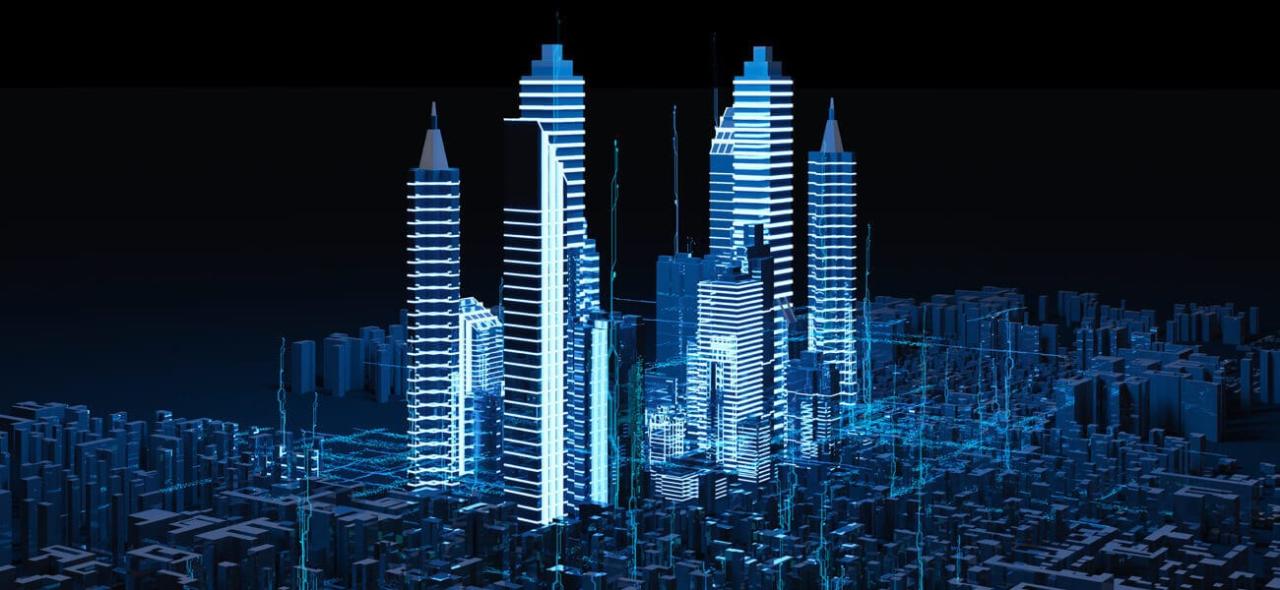
To fully appreciate the power of a digital twin, it’s crucial to understand its defining characteristics and what distinguishes it from a simple 3D model or a Building Information Modeling (BIM) file.
A. A Virtual Replica of a Physical Asset: At its most basic, a digital twin is an exact virtual copy of a physical building. This includes its geometry, materials, and internal systems, such as HVAC, plumbing, and electrical networks. This virtual model is created with a high degree of fidelity, serving as a perfect digital representation of the real-world structure.
B. A Dynamic, Living Model: This is the key element that elevates a digital twin beyond a static file. The virtual model is not fixed; it is a dynamic, living entity that changes and evolves in real time. It is continuously updated with data from its physical counterpart, reflecting everything from a change in a room’s temperature to a flicker in a lightbulb. This continuous flow of data creates a historical record and a real-time snapshot of the building’s operational status.
C. A Continuous Data Stream: The lifeblood of the digital twin is the constant, two-way data stream that connects the physical and digital worlds. Sensors embedded in the building—from temperature gauges and air quality monitors to occupancy sensors and energy meters—collect and transmit data to the digital twin. This data is then analyzed by the virtual model, which can simulate different scenarios, predict future performance, and send commands back to the physical building to optimize its operations.
The digital twin, therefore, is a a symbiotic relationship. It is a virtual testing ground for the physical world, and a powerful analysis tool for the future.
The Technological Pillars of Digital Twins
The digital twin is not a standalone technology but a powerful integration of several cutting-edge innovations that have matured to a point where they can be combined to create a cohesive and powerful system.
A. Building Information Modeling (BIM): BIM is the foundational layer of any digital twin. A BIM model is a rich, intelligent 3D representation of a building that contains not just its geometry but also data about its materials, components, and systems. A well-designed BIM model provides the initial, high-fidelity virtual replica that serves as the starting point for the digital twin. Without a robust BIM model, it would be impossible to create an accurate digital twin.
B. Internet of Things (IoT): The Internet of Things is the source of the real-time data that makes a digital twin dynamic. A building’s IoT network consists of a vast array of interconnected sensors, devices, and systems. These devices measure and transmit a continuous stream of data on everything from temperature, humidity, and air quality to occupancy levels, energy consumption, and equipment performance. The IoT network provides the eyes, ears, and nerves of the digital twin, allowing it to “see” and “feel” what is happening in the physical building.
C. Artificial Intelligence (AI) and Machine Learning: The immense amount of data collected by the IoT network would be useless without a brain to analyze it. This is where AI and machine learning come in. AI algorithms process the data to identify patterns, predict future performance, and make autonomous decisions. For example, an AI system can analyze historical performance data from a building’s HVAC system to predict when a component might fail, allowing for a proactive repair before a costly breakdown occurs. The AI provides the intelligence that transforms the digital twin from a data aggregator into a powerful decision-making tool.
D. Cloud and Edge Computing: The infrastructure for processing and storing all this data is provided by a combination of cloud and edge computing. Cloud computing offers scalable storage and processing for long-term data analysis and machine learning models. However, for real-time applications that require immediate action—such as an instantaneous adjustment to a room’s temperature or a security alert—Edge Computing is essential. Edge devices process data locally, at the “edge” of the network, reducing latency and ensuring a rapid response.
The Digital Twin Workflow
The application of digital twin technology spans the entire life cycle of a building, transforming every phase of the process.
A. Design and Planning: In the design and planning phase, the digital twin is used to simulate a building’s performance before a single brick is laid. Architects can use the virtual model to run simulations on a building’s energy performance, structural integrity, and lighting, allowing them to optimize the design for maximum efficiency and sustainability. They can also use the digital twin to run virtual reality walkthroughs, allowing clients and stakeholders to experience the building before it is constructed, a practice that reduces the risk of costly design changes later on.
B. Construction Phase: During construction, the digital twin acts as a real-time project management tool. The virtual model can be connected to the construction schedule and site data, providing a real-time snapshot of the project’s progress. Drones with cameras can scan the site and send data to the digital twin, which can then be used to compare the real-time progress to the planned schedule, identifying any delays or issues. The digital twin can also be used for quality control, with sensors and cameras checking that the building is being constructed according to the design specifications.
C. Operations and Maintenance: This is where the digital twin offers its most significant value. Once a building is operational, its digital twin becomes its central management system. The twin can monitor and optimize every aspect of the building’s performance in real time. It can adjust the HVAC system based on occupancy levels, predict when a piece of equipment might need maintenance, and even track a building’s energy consumption to find hidden efficiencies. This leads to a proactive, rather than reactive, approach to building management, which drastically reduces operational costs and improves performance.
D. End-of-Life and Deconstruction: At the end of a building’s life, the digital twin provides a complete record of every material used in its construction. This digital “material passport” makes the process of deconstruction far more efficient, as it provides a clear inventory of all the materials that can be salvaged and reused. This is a critical component of the circular economy, as it ensures that the valuable embodied energy in a building’s materials is not lost but is carried forward into a new project.
The Immense Benefits of Digital Twins in Architecture
The adoption of digital twin technology offers a host of benefits that are transforming the entire building ecosystem.
A. Enhanced Performance and Sustainability: By allowing for real-time optimization and predictive analysis, digital twins can significantly reduce a building’s energy consumption and carbon footprint. A smart building with a digital twin can operate at peak efficiency, using its data to make autonomous decisions that reduce waste and save resources. This makes it a powerful tool in the fight against climate change and a key enabler of sustainable building practices.
B. Cost Reduction and Operational Efficiency: The ability to optimize a building’s operations in real time leads to a drastic reduction in operational costs. Predictive maintenance saves money on emergency repairs and extends the lifespan of equipment. The data from a digital twin can also be used to optimize staffing, cleaning schedules, and resource allocation, creating a lean and highly efficient operation.
C. Improved Occupant Experience: A digital twin can be used to create a more comfortable, productive, and personalized experience for a building’s occupants. A smart building can use its data to monitor and optimize a room’s temperature, lighting, and air quality, creating an environment that is perfectly tailored to human needs. Occupants can also use a mobile app to interact with the building’s digital twin, adjusting their personal environment, booking a meeting room, or reporting an issue.
D. Risk Mitigation: The digital twin is a powerful tool for risk management. In a virtual environment, a building manager can run simulations to test a building’s response to a variety of emergency scenarios, such as a fire, a flood, or a security breach. This allows them to identify and address any weaknesses in the building’s systems and to train staff on emergency response protocols, creating a safer and more resilient structure.
Applications and Case Studies
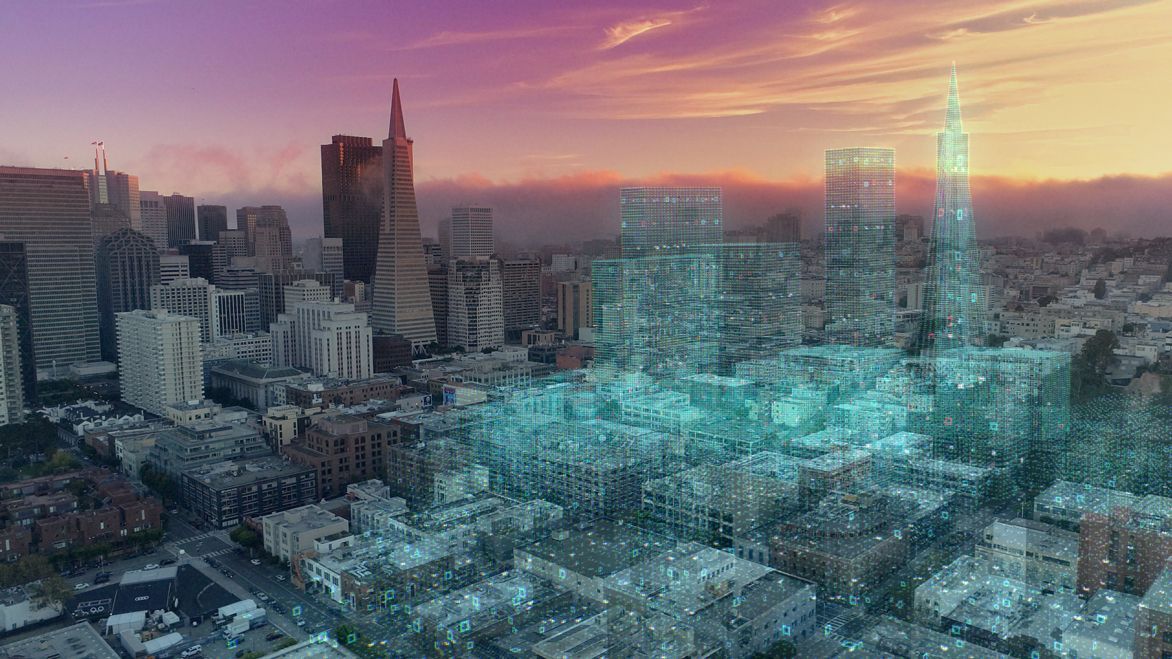
The technology is already being implemented in a wide variety of contexts, demonstrating its immense potential.
A. Smart Cities and Urban Planning: Digital twins are being used to create virtual replicas of entire cities, allowing urban planners to simulate and optimize city-wide systems, from traffic flow and public transport to energy grids and emergency response protocols. This helps to create more efficient, sustainable, and livable cities for everyone.
B. High-Performance Commercial Buildings: In high-performance commercial buildings, digital twins are used to monitor and optimize a building’s energy consumption, occupant comfort, and operational efficiency in real time. This leads to a significant reduction in operational costs and a more attractive and productive environment for tenants.
C. Critical Infrastructure: Digital twins are being used to manage and optimize critical infrastructure, such as airports, hospitals, and power plants. These are highly complex and regulated environments where the ability to monitor, simulate, and optimize a building’s performance in real time is a matter of safety and efficiency.
Challenges and The Future
While the digital twin is a transformative technology, its widespread adoption faces a number of challenges.
A. Initial Cost and Complexity: The initial investment in the hardware (sensors), software (BIM and AI), and a skilled workforce required to create a digital twin can be significant. This can be a barrier for many organizations, particularly those with a limited budget.
B. Data Security and Privacy: The digital twin relies on a continuous stream of data, which raises significant security and privacy concerns. This data, which can include information on occupant movement and habits, must be protected from cyber threats and handled responsibly and ethically.
C. Standardization and Interoperability: The digital twin ecosystem is still in its early stages, with many different technologies and platforms competing for dominance. A lack of standardization and interoperability can make it difficult for different systems to communicate, creating siloed data and limiting the potential for true integration.
Conclusion
The future of digital twin technology is incredibly promising. As the cost of hardware and software decreases and the industry moves toward standardized protocols, the technology will become more accessible and widespread. The integration of artificial intelligence and machine learning will lead to even more intelligent and autonomous digital twins, where buildings can learn, adapt, and optimize themselves in real time. The digital twin is not just a tool; it is a fundamental shift in how we design, build, and interact with the built environment, promising a future of smarter, more efficient, and more sustainable buildings.

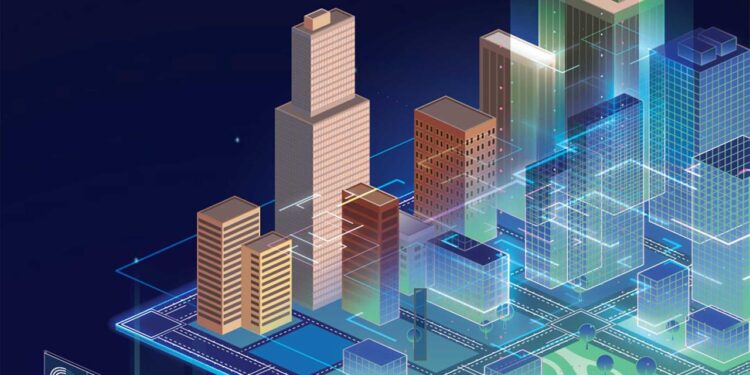
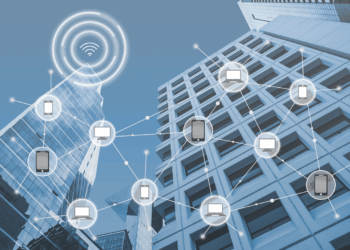
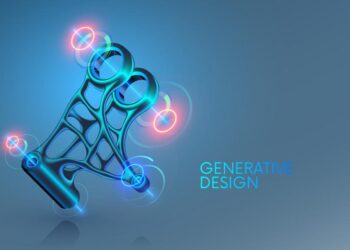
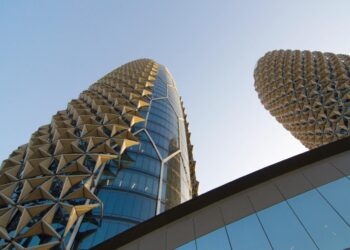
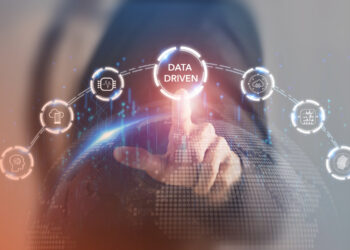
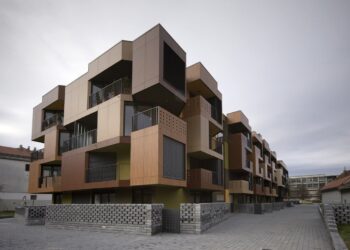
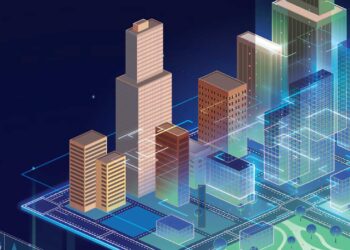

Discussion about this post